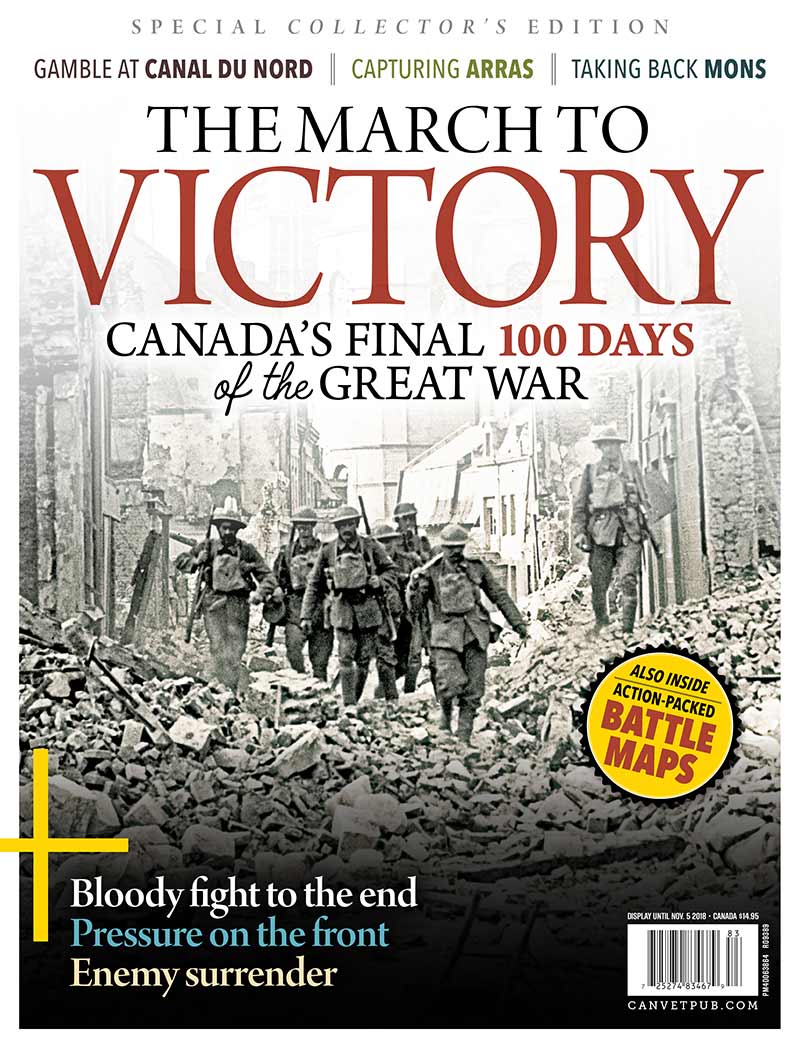
We cannot forget the First World War. Even though more than 90 years have passed since the guns fell silent, we are still shocked by the savagery of that conflict. The butcher’s bill worldwide was 10 million combatants, with countless more millions of civilians perishing through starvation, violence and even genocide. For Canada, a Dominion of the British Empire, with a population of fewer than eight million and not yet 50 years old at the start of the war, the country paid a terrible price. More than 60,000 Canadians were killed in the cataclysm from 1914 to 1918. In terms of today’s population, with Canada more than four times as large, the equivalent ratio of losses would be 250,000 dead.
It is impossible to comprehend death on that scale and the waves of grief that rolled over the nation. Nearly every city, town and village across Canada sent community members overseas. Too many of those Canadians never returned. We can still see the evidence of the war in those same communities, where the stone memorials stand with the engraved names of the fallen. The Great War continues to haunt us, as a people and as a nation.
Canada’s Battle of Amiens beginning on Aug. 8, 1918, started with deception. Whenever the Canadian Corps entered the front lines, the Germans expected an attack. The plan for Amiens in northern France therefore determined to hide the Canadians' move from the Arras front south to Amiens. But how?
Lieutenant-General Sir Arthur Currie gambled on a nighttime attack to start his offensive against the German-held Drocourt-Queant Line. It worked even though the 22nd Battalion suffered great losses at Cherisy.
The Canadians took the D-Q Line but casualties were very large. But Currie considered the victories of Sept.2-3 very great indeed.
The Canal du Nord, an unfinished canal that was partly dry and partly covered in stagnant water, protected the route to Cambrai, the road and railway centre that was key to the enemy’s Hindenburg Line defences. Currie decided to cross the dry portion and then fan out.
The fighting continued as the Canadian advanced on Cambrai. Currie wrote in a letter, “we have never known the Boche to fight harder. He is like a cornered rat.” As the Canadian advanced on Cambrai the enemy withdrew but not before it set fire to the city.
With the Germans obviously in retreat, Currie decided to save the lives of his men and limit civilian damage in the last battle in France at Valenciennes. In what is likely the heaviest concentration to support a single brigade attack in the course of the war, the Canadians took the city.
The enemy continued to retreat, destroying bridges and factories and leaving snipers and machine gunners to slow the advance. The Canadian Corps crossed into Belgium and was entering Mons when the Armistice begins.